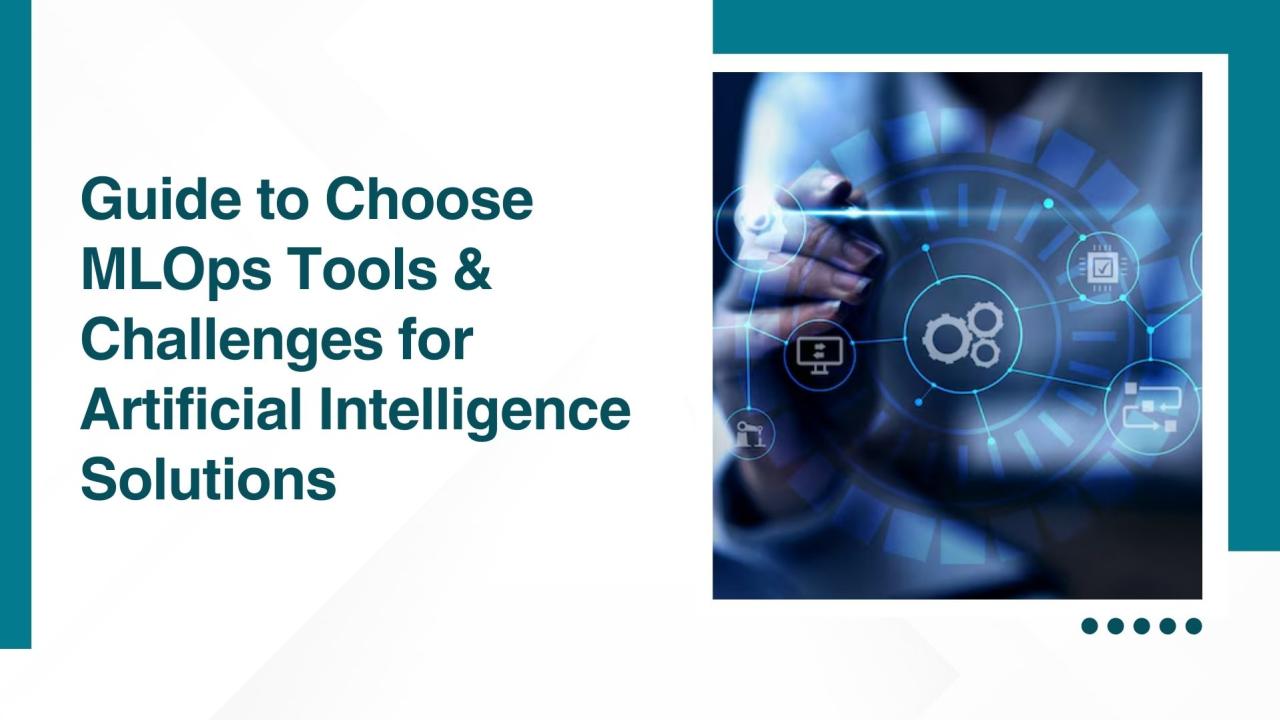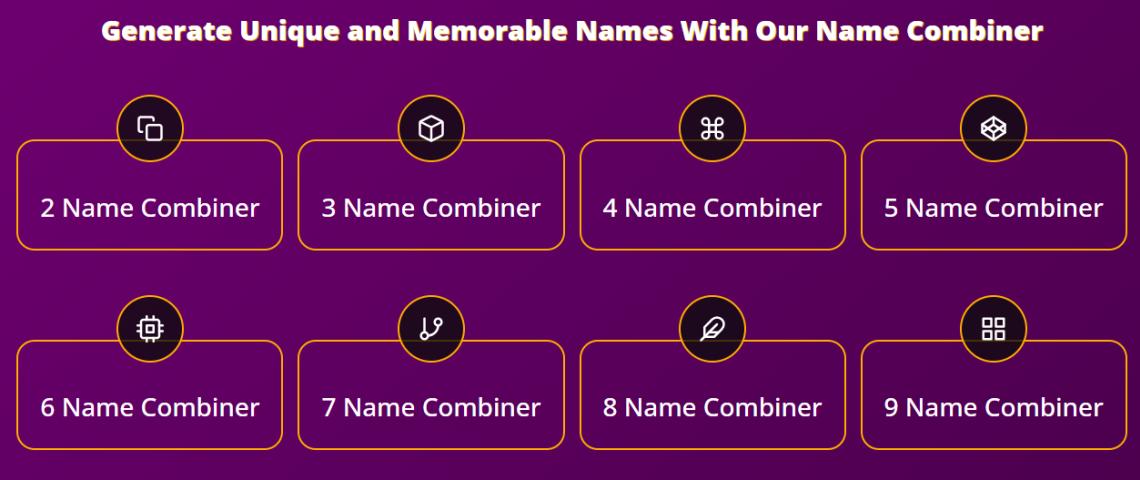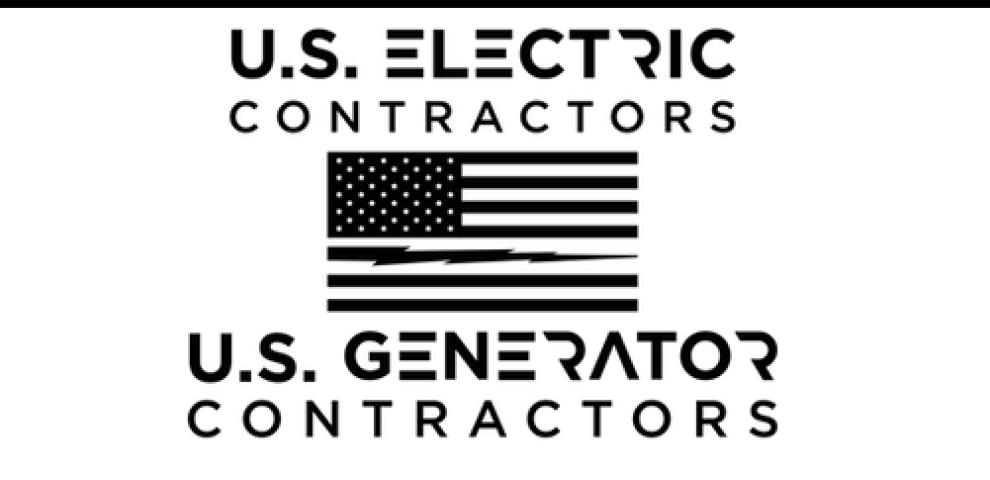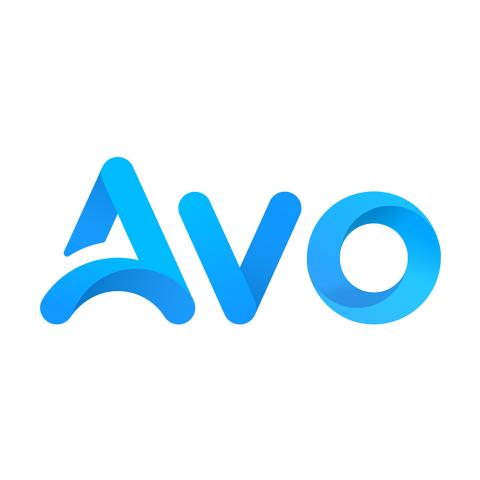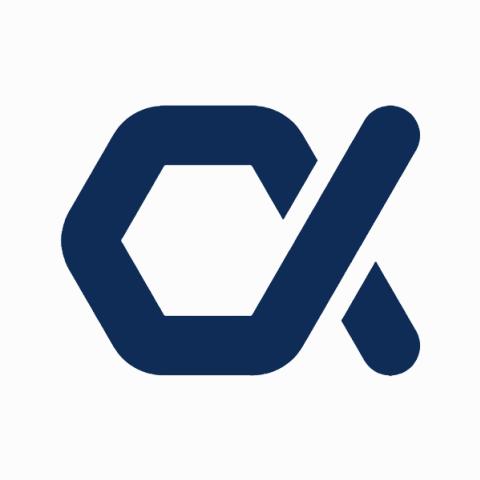Creating and maintaining artificial intelligence solutions is becoming easier thanks to MLOps, which is closing the gap between data science and IT operations. Additionally, MLOps ensures that AI solutions align with business objectives while being both scalable and reproducible.
However, it can be challenges to find the right MLOps tools and overcome some of the issues that come with it. So, in this post, we are focusing on how to create a strong MLOps stack and the common challenges that organizations can face when running artificial intelligence on a large scale.
What is Machine Learning Operations (MLOps)?
For machine learning models to perform efficiently, it needs a good set of tools and methods, known as MLOps. It uses ideas from data engineering, machine learning, and DevOps to create a continuous pipeline for developing, deploying, and maintaining the systems.
MLOps solutions enable organizations to offer AI solutions faster with better reliability by automating workflow, model reproducibility assurance, and continuous integration and delivery (CI/CD).
What are the Key Components of MLOps Stacks?
To create a strong MLOps stack, you start by integrating various tools and platforms to address every machine learning lifecycle stage. Here are the components you must consider:
Data Management & Versioning
In all artificial intelligence solutions, data is the most essential element. Therefore, you need good data management systems in place to get high-quality, consistent, and versioned datasets that are ready for training and testing the models.
Tools to Use: DVC, Pachyderm, Delta
Model Development & Experimentation
Data scientists require solid tools to experiment, track, and compare models. Here, experimentation platforms are useful as they help manage hyperparameters, metrics, and other little artifacts.
Tools to Use: MLflow, Weights & Biases, Jupyter Notebooks
Model Training & Orchestration
You require scalable infrastructure to train models. Orchestration tools automate workflows while keeping track of task dependencies.
Tools to Use: Kubeflow, Apache Airflow, TensorFlow Extended (TFX)
Model Deployment & Serving
Now, you have to mode to production and that is a challenge. Here, you need tools tat can carry out A/B testing, canary deployments and real-time inference.
Tools to Use: TensorFlow Serving, KServe
Monitoring & Observability
Organizations need to keep tabs on machine learning models at all times. For this, there are tools to continuously assess model performance, data drift, and overall system health. This is essential to maintain both reliability and accuracy of the systems over time.
Tools to Use: Grafana, Prometheus, Evidently AI
Governance & Compliance
There are regulations and ethical standards to follow when creating AI systems. Here, governance tools can track model lineage, detect biases, and keep audit trails.
Tools to Use: Alation, IBM Watson OpenScale, Collibra
What Challenges Can Organizations Face When Implementing MLOps?
Well, all new things come with their own set of challenges, and MLOps solutions are no different. Here are some of the hurdles that you might face when adopting these practices:
Integration Complexities
MLOps need to integrate well with the preset IT infrastructure, CI/CD workflows, and data pipelines. Lack of compatibility in tools will result in delays and increase the overall operational costs.
Skill Gaps
Implementing MLOps demands expertise in machine learning, DevOps, and data engineering. A lack of skilled professionals can slow adoption, requiring extensive training programs or hiring specialized talent to bridge the knowledge gap.
Model Drift & Monitoring
Over time, ML models degrade due to changing data patterns. Continuous monitoring and retraining are essential to maintain accuracy, but detecting and addressing drift efficiently remains a significant operational challenge.
Scalability
As ML workloads grow, organizations struggle to manage infrastructure, compute resources, and deployment efficiency. Ensuring scalable architectures without compromising performance or cost-effectiveness is critical for sustainable MLOps implementation.
Regulatory Compliance
Compliance with data privacy laws and industry regulations adds complexity to MLOps. Ensuring model transparency, audibility, and ethical AI practices requires stringent governance frameworks and robust documentation processes.
Steps to Choose the Best MLOps Stack
There is a right answer to the MLOps stack that your business should use, but that depends on the specific needs, infrastructure, and budget you have in place. Here is how you can start:
Start by Assessing Your Requirements
Before selecting an MLOps stack, define your goals, data workflows, and deployment needs. Consider factors like model complexity, real-time processing, security, and compliance requirements to guide your choice.
Check Which Tools Work Better Together
An efficient MLOps pipeline relies on seamless tool integration. Evaluate compatibility between data management, version control, automation, and monitoring tools to ensure smooth collaboration and workflow efficiency.
Prioritize Scalability
Your MLOps stack should grow with your business. Choose tools and infrastructure that can handle increasing model complexity, data volumes, and computational needs without compromising performance or cost-effectiveness.
Consider Both Open-Source vs. Private Instruments
Open-source tools offer flexibility and cost savings, while private solutions provide dedicated support and security. Weigh the pros and cons of each based on your organization's expertise, compliance, and budget.
Find Tools That Are Easy to Use
User-friendly tools enhance productivity and adoption. Select platforms with intuitive interfaces, strong documentation, and community support to streamline workflows and reduce operational friction.
Governance Layout
Strong governance ensures compliance, security, and auditability. Implement policies for model versioning, access control, bias detection, and monitoring to maintain transparency and regulatory adherence in your MLOps processes.
You can avail MLOps services from AI/ML company to assist you in the process and make the process faster and smarter.
Make Artificial Intelligence Development Smoother with MLOps Services
Managing and deploying artificial intelligence solutions effectively can be complex. Here, the right MLOps tools can streamline workflows, ease the collaboration process, and offer faster deployment.
Use of the correct MLOps stack will help you reduce operational costs, accelerate innovation, and gain a competitive edge.
Leverage the services of the right AI/ML company and make the perfect MLOps solution a reality.
